1. Building Trust from Day One
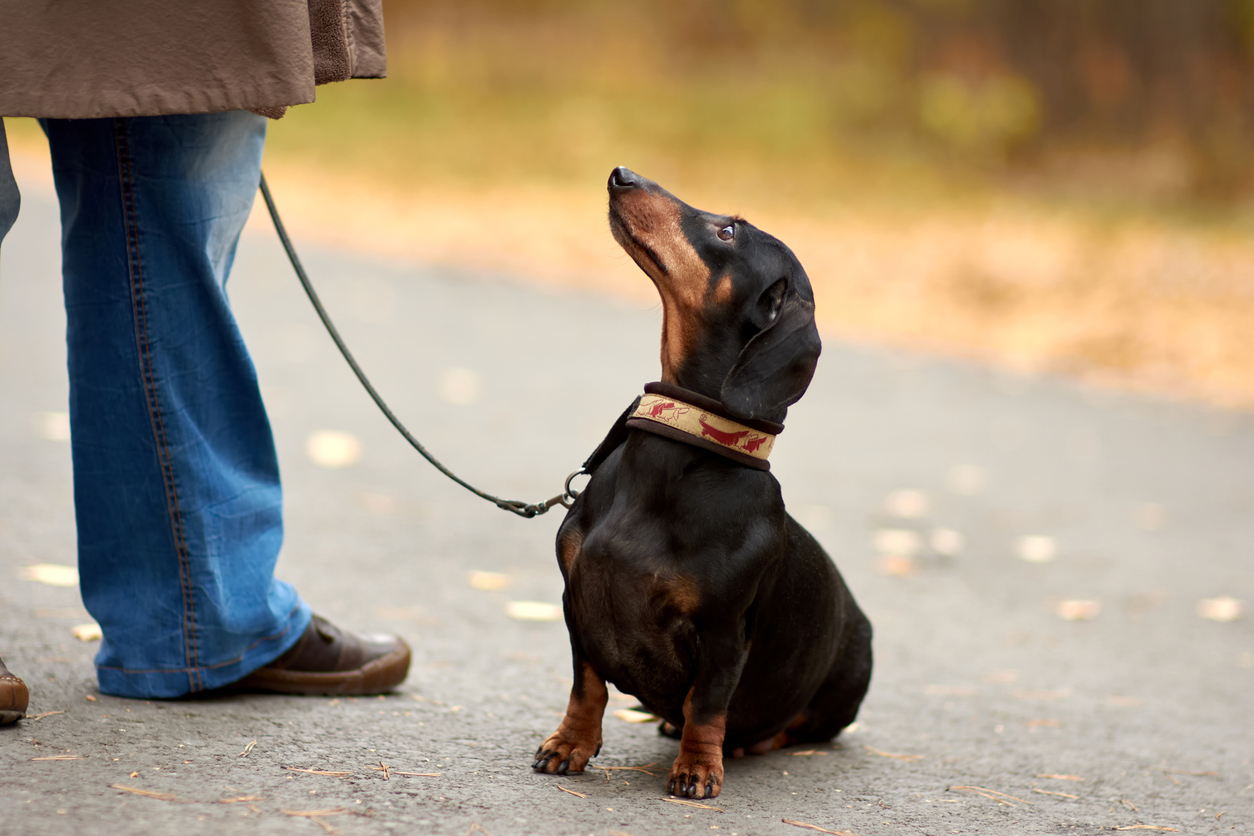
Every friendship starts with a little trust, and the bond with your dog is no different. The first week is all about helping your pup feel safe in your presence, learning their name, walking calmly on a leash, and making eye contact become little daily rituals. It’s less about drills and more about shared moments, like calling your dog when the house is quiet or calmly holding the leash in the yard as they get used to new smells. These steps may sound simple, but they sow the seeds for future obedience by showing your dog that great things happen when she’s paying attention to you. Many dog trainers agree: “The best way to start is by rewarding your dog for doing what you want naturally”.
2. Teaching Day-to-Day Commands
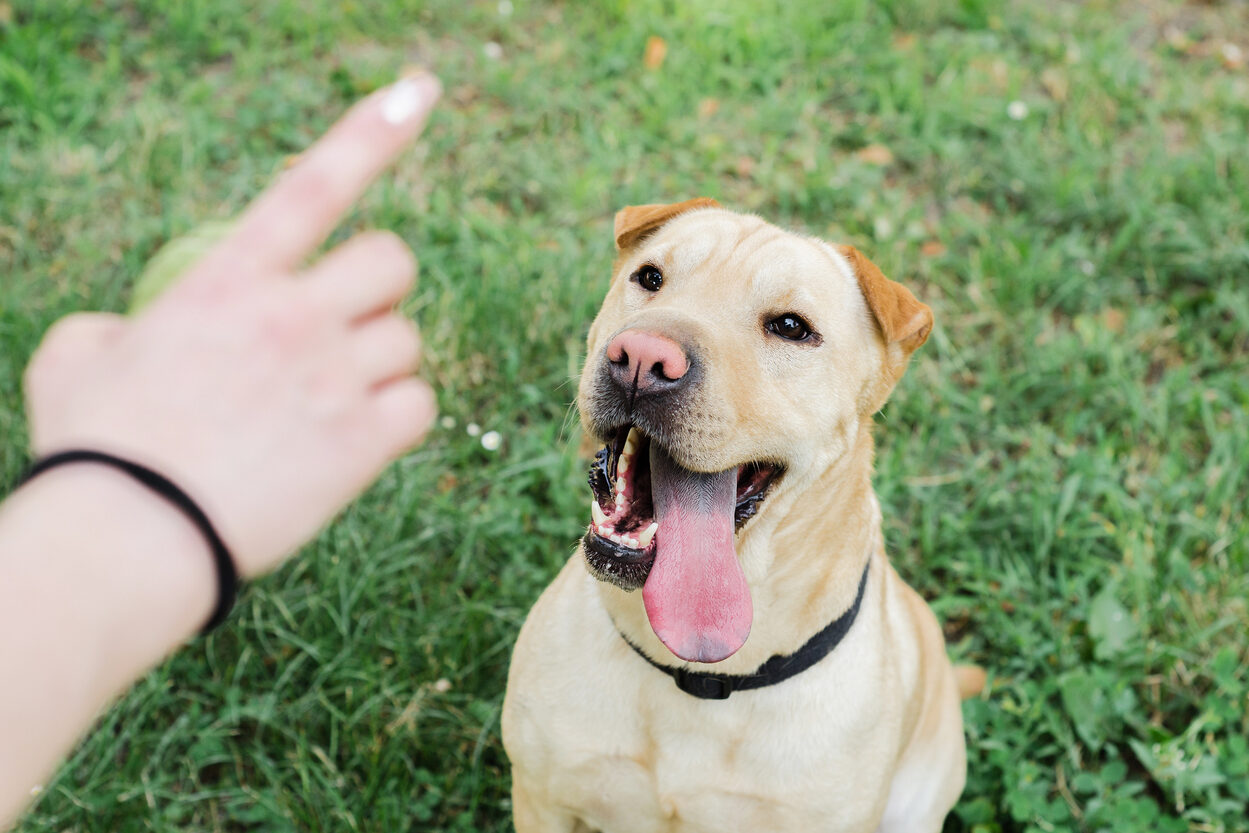
Once your dog trusts you, it’s easier to introduce gentle direction. Week two of the challenge brings in the classic basics, think “sit,” “stay,” “come,” “leave it,” and “drop it.” These are taught with small treats, enthusiastic praise, and a patient tone. “You want your dog to associate these words with positive outcomes,” says the American Kennel Club. Instead of forcing or scolding, you make the learning enjoyable; for example, rewarding your pup every time she successfully sits before you open the door for her walk. This sets the stage for a calm household where your requests are met with eager cooperation, not confusion.
3. Practicing with Distractions

By week three, your dog should respond well to the basics in quiet settings. Life, however, is full of temptations, doorbells, dropped snacks, or a friend’s boisterous greeting. This part of the challenge urges you to keep practicing those commands but sprinkle in distractions. Maybe you ask for a “stay” while a guest enters or practice “leave it” during mealtime prep. The consistency here is what strengthens your dog’s focus, building what some trainers call “canine self-control”. If your dog falters, it’s just another chance to practice and grow, not a failure.
4. Taking Skills Into the World
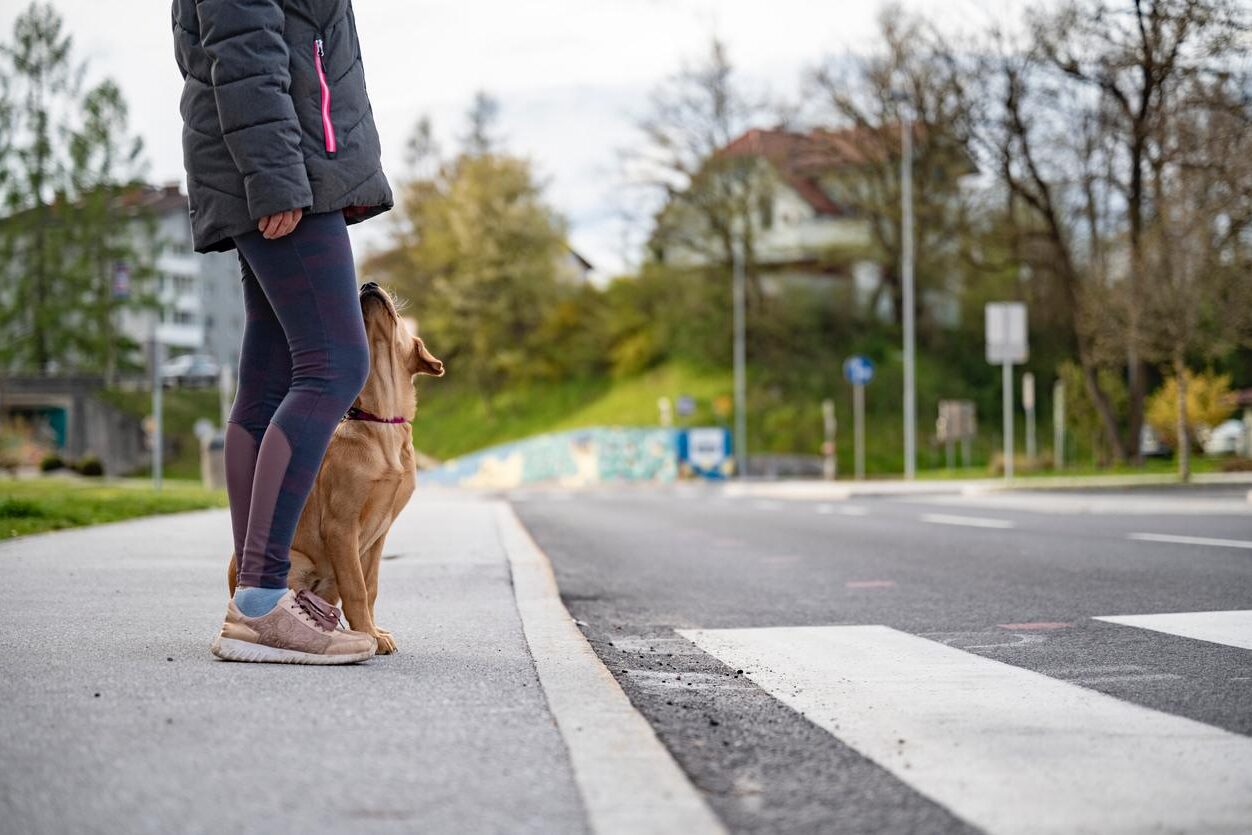
After three weeks, there’s an eagerness to see if all that practice pays off outside your own four walls. Now’s when you take the show on the road, to the park, the sidewalk, or a café patio, where new thrills await every sniff and glance. Encouraging polite greetings and practicing “wait” before crossing a street brings training full circle. Real-world settings not only reinforce commands but build your dog’s confidence in busy, unpredictable places. Professional trainer Ben Sipes notes, “Generalization is the toughest part, but it’s the most rewarding step once your dog starts getting it”.
5. Small Sessions, Lasting Changes
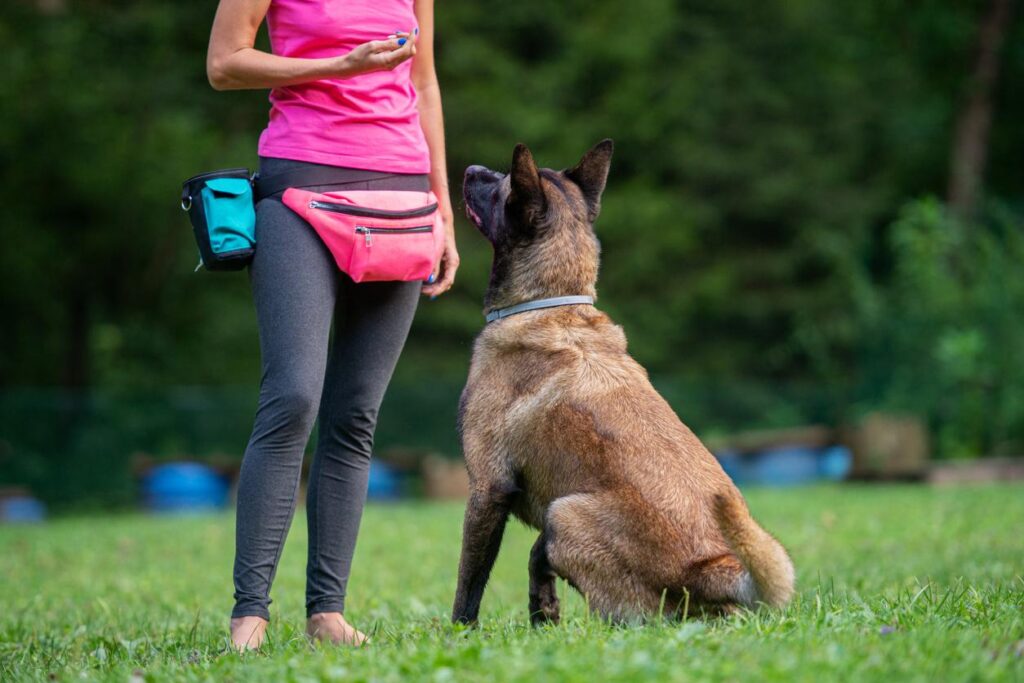
One of the challenge’s best features is its practicality: sessions are short, just 5–10 minutes a day. The goal isn’t to master everything overnight, but to grow together over time. These low-pressure, daily exercises let dogs flourish without stress, most respond eagerly to routine, and you’re less likely to get overwhelmed or frustrated. “Training should fit naturally into your day, not feel like a chore,” says trainer Victoria Stilwell. The journey becomes about progress, not perfection, and even little wins add up quickly.
6. Positive Rewards Make the Difference

Traditional discipline is out, and thoughtful encouragement is in. This week, reward your dog for every positive step with treats, cheerful words, and playful affection. Research and trainers agree: “Positive reinforcement training helps dogs learn faster and trust their handlers more,” according to the American Kennel Club. If your dog hesitates or gets something wrong, a kind word and a chance to try again matter much more than a stern “no.” This keeps both spirits high and mistakes easy to recover from. It’s amazing how a small piece of cheese or your happiest “good job!” can spark the biggest tail wags.
7. Trusted by the Pros
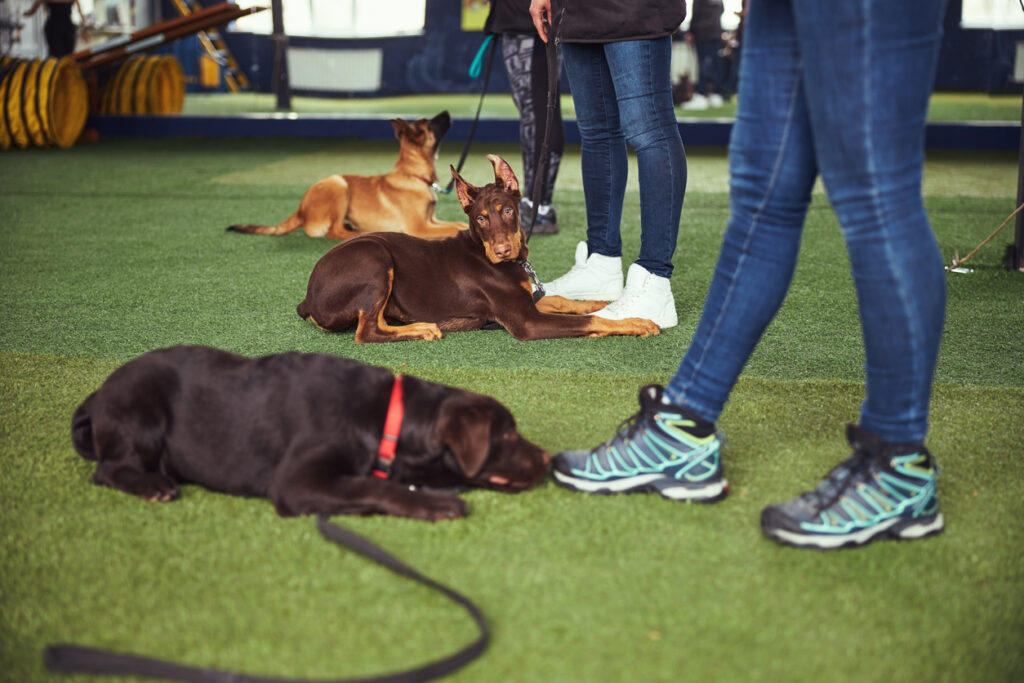
You don’t have to take just one person’s word for it, professional trainers utilize the 28-day system too. Programs like Prestige Dog Training in Chicago show how this step-by-step approach makes training less overwhelming and encourages steady improvement. Certified trainers point out that having a plan, and sticking to it, helps both dogs and people stay on track. They guide clients using upbeat methods and simple routines, proving that you don’t need expensive gear or fancy gadgets, just commitment, and a willingness to cheer on every win. If it works for trainers and their clients across the country, it can work for you and your dog too.
8. Proof it Really Works
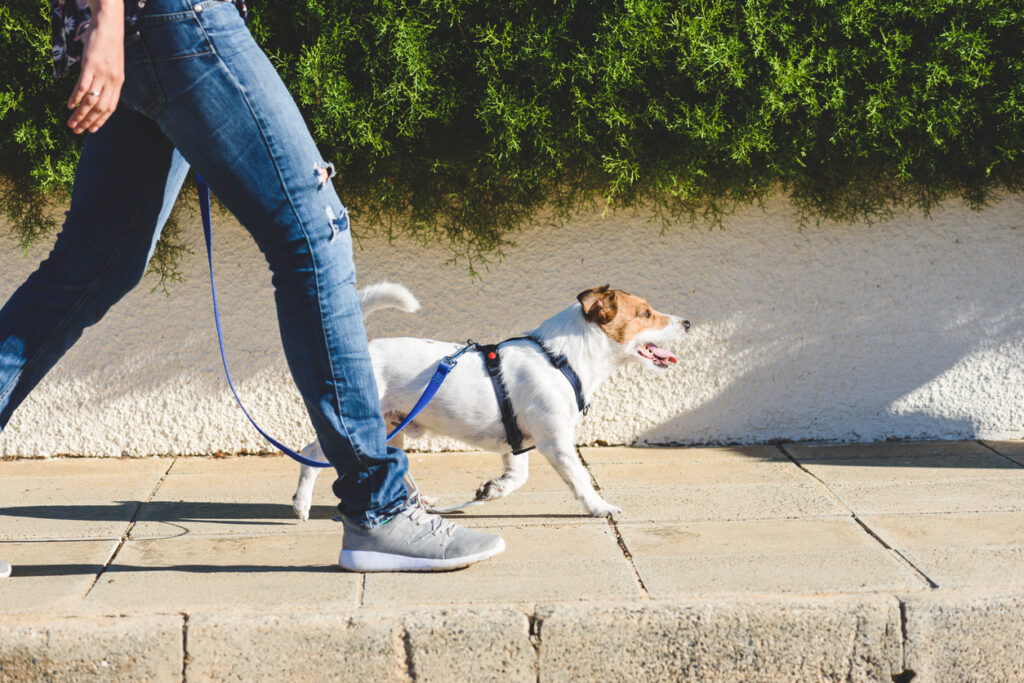
Does every dog become an obedience superstar in just 28 days? Not always, but most make clear, lasting progress. Families report less jumping and barking, less leash-pulling, and more time spent together calmly. “Our dog stopped dashing at the door, he actually waits for permission now,” says one participant quoted in a training report. It’s a reminder that consistency from both ends of the leash makes the magic happen. If you miss a day or your pup struggles with a step, just try again tomorrow. Progress is rarely a straight line, but with patience, you’ll see steady changes that last.
9. Try the Challenge Yourself

Interested in starting this journey at home? You can! Search up the “28-Day Dog Obedience Challenge” or see professional sites like prestigedogtraining.com for structure and support. For even more resources, check out positive reinforcement tips from trusted groups like the American Kennel Club. These resources are built for real families and dogs of all ages. Even if you’ve tried other approaches in the past, this one is designed to make good habits stick, and to grow the affection and respect already there between you and your pup.
10. A New Routine, A Better Buddy
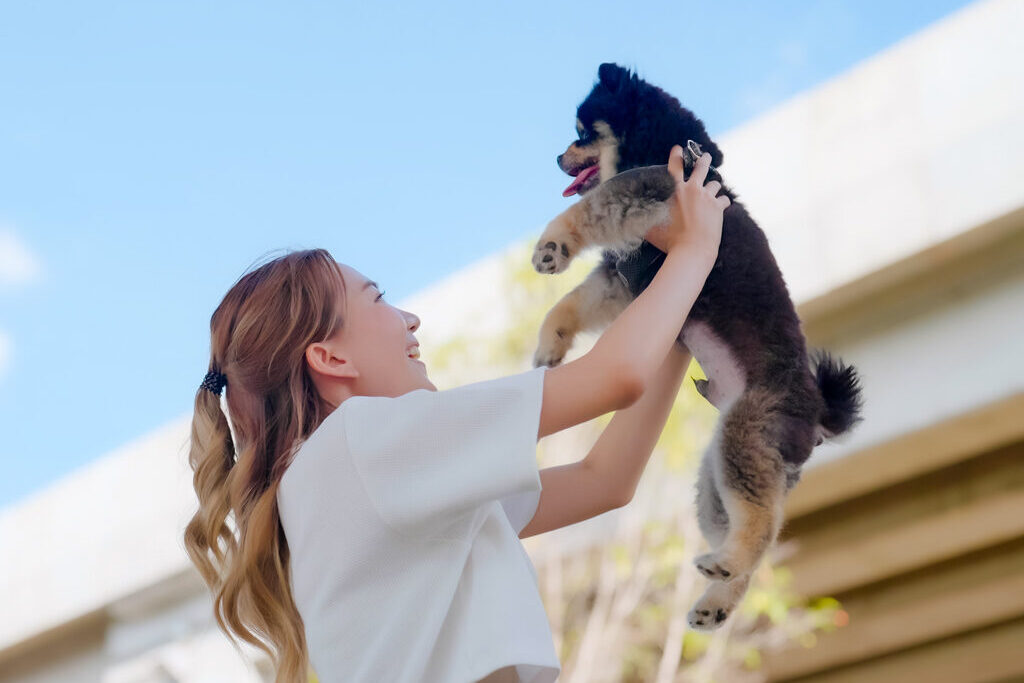
By the end of the 28 days, you’ll notice changes for the better, in both your dog and yourself. Training becomes part of daily life, not a dreaded task, and you start looking forward to those quiet moments when your dog checks in, sits calmly, or greets a friend politely. Some days, the progress will surprise you; other days, you’ll laugh at small setbacks and move on. The challenge becomes less about perfection and more about building a joyful, lasting partnership. The last day isn’t an ending, it’s the foundation for all the good days ahead. Your dog’s journey continues, and so does yours.
This story The 28-Day Dog Obedience Challenge That’s Helping Dogs Behave Better, One Day at a Time was first published on Daily FETCH


